.png)
As markets get ready for the Fed rate cut in September and re-assess their portfolio, Sunil Garg, Managing Director, Chief Investment Officer at Lighthouse Canton looks at global economies from a fundamental point of view here
Views on the US and other developed markets
Since 2007, debt levels in developed economies as well as China have surged. The U.S. debt-to-GDP ratio was around 60% then, while China had low leverage, and Japan already faced high debt levels. During the Global Financial Crisis (GFC), U.S. and European debt levels soared, with the U.S. debt-to-GDP ratio jumping from 60% to 100% in just two years, shifting debt from private to public sector and inflating the Fed and ECB balance sheets. China also boosted its leverage to stimulate growth. Today, debt levels in the U.S., Europe, and Japan continue to climb, worsened by the COVID-19 pandemic, with the U.S. now at a staggering 122% debt-to-GDP ratio.
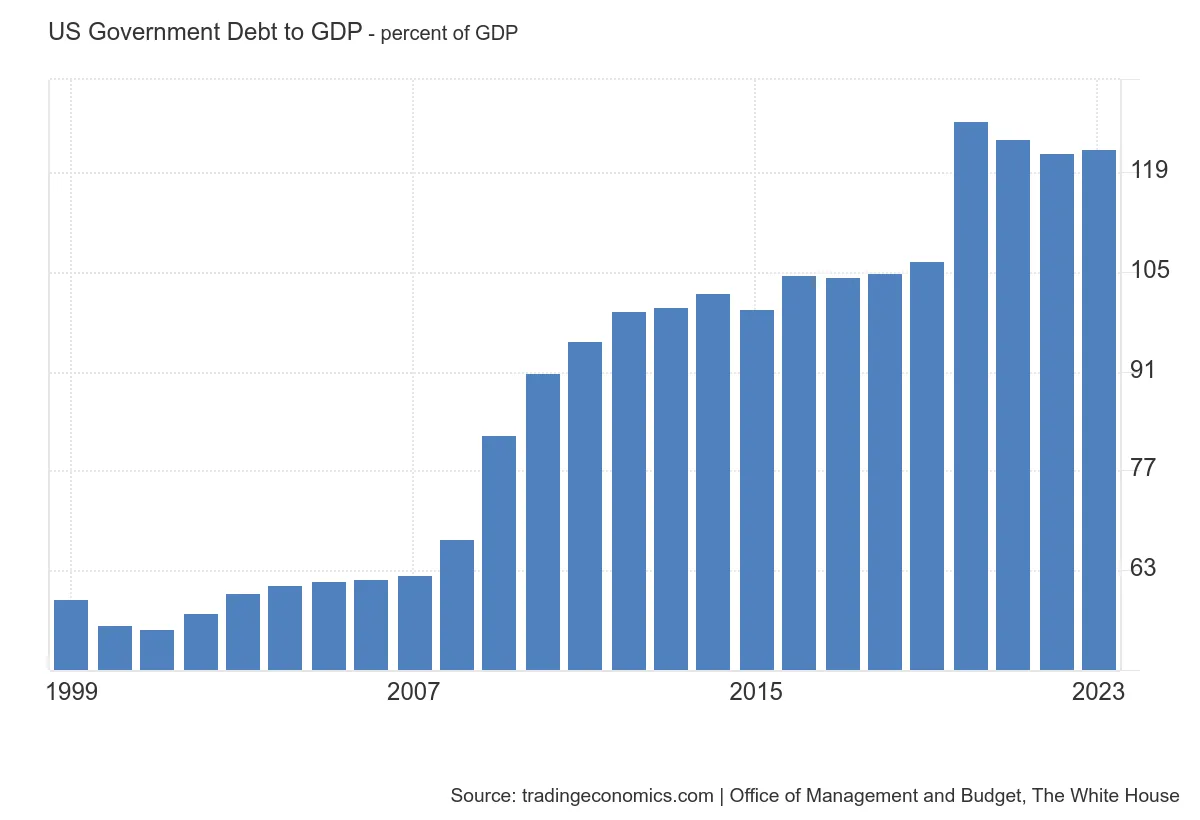
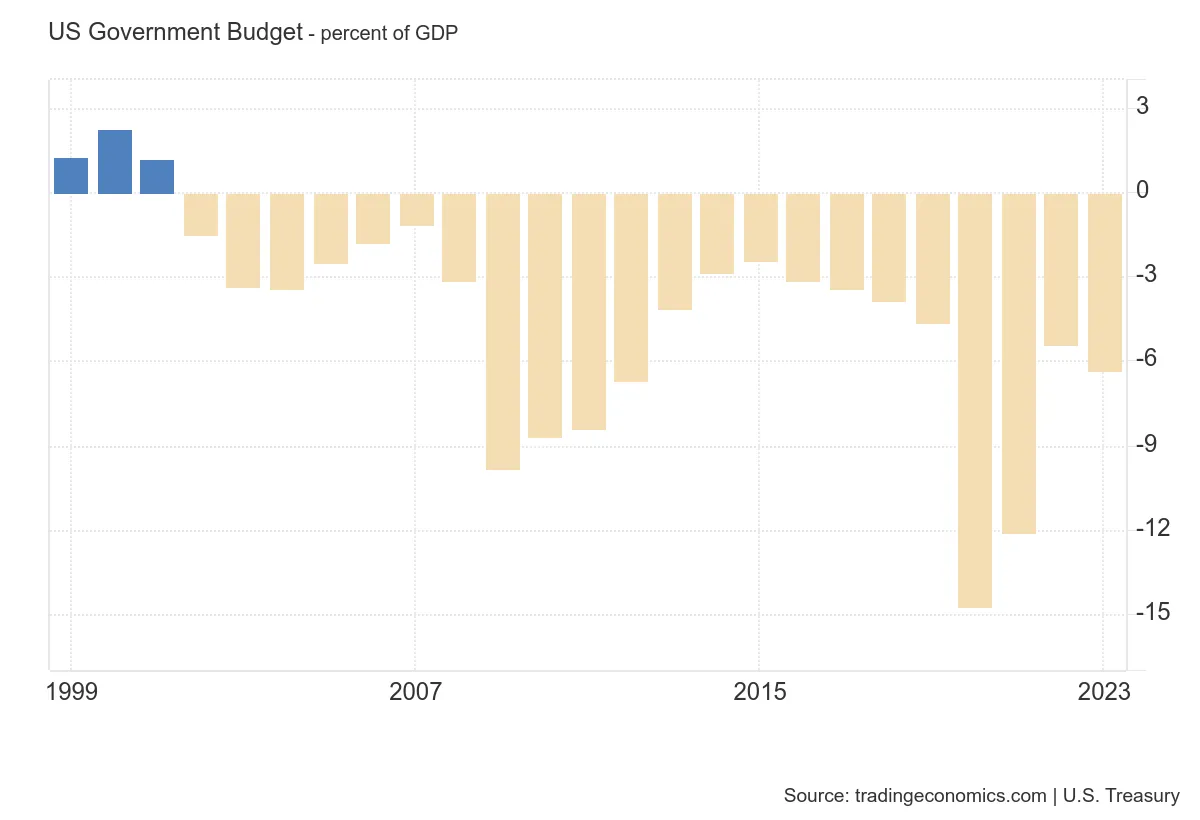
In contrast, emerging markets historically were associated with high deficit and debt levels, compounded by reliance on unstable external debt as compared to developed markets, where debt is predominantly domestically issued and owned. Many emerging markets, especially the likes of India have been more fiscally prudent in recent years.
High leverage is a drag on future growth, even if it doesn’t trigger an immediate crisis. When leverage is concentrated in private hands, it often leads to crises, as seen in events like the savings and loan crisis, the Asian currency crisis, and the Global Financial Crisis. While shifting from private to sovereign leverage may avoid a sudden crisis, it typically results in prolonged slow growth, as seen in Japan's economic stagnation. This can be viewed as borrowing from future growth, causing the economy to slow as it adjusts.
How about emerging markets
Emerging markets like India offer a different picture. While global economies boomed before COVID-19, India focused on cleaning up its banking and real estate sectors, avoiding the excessive debt seen elsewhere. This prudent approach left India with manageable debt levels during the pandemic, boosting its resilience. Currently, India is in a strong cyclical position compared to major economies like the U.S. Recent fiscal prudence has reduced the deficit, opening the door for a potential credit rating upgrade. Despite global market challenges, India's fiscal discipline and cyclical positioning make it a compelling investment case.
In summary, India is poised to benefit from its strong cyclical position, prudent fiscal management, and potential for a ratings upgrade, making it an attractive market in the current global economic environment.
Moving over to China – what are the views?
China's substantial domestic liquidity could boost its market even if the U.S. market declines. Independent capital pools and modest market improvements can yield significant returns, as seen with Alibaba's recent stock surge, signaling investor recognition of undervalued assets. However, China faces distinct challenges. While India stabilized by cleaning up its economy before COVID, China hit a cyclical low during the pandemic due to severe consumption cuts, placing it at or near the bottom of its cycle now.
While the US and Europe are near the peak of their consumption cycles, China may be at the start of a recovery. This makes China an intriguing investment, as its potential is not fully priced in. However, policy challenges and economic issues, such as real estate problems and potential bankruptcies, introduce significant uncertainties. These challenges are part of the necessary cleansing for recovery.
Though the timing of a rebound is uncertain, China’s cyclical position suggests potential for future gains, making cyclical trends a promising focus despite ongoing confidence issues.
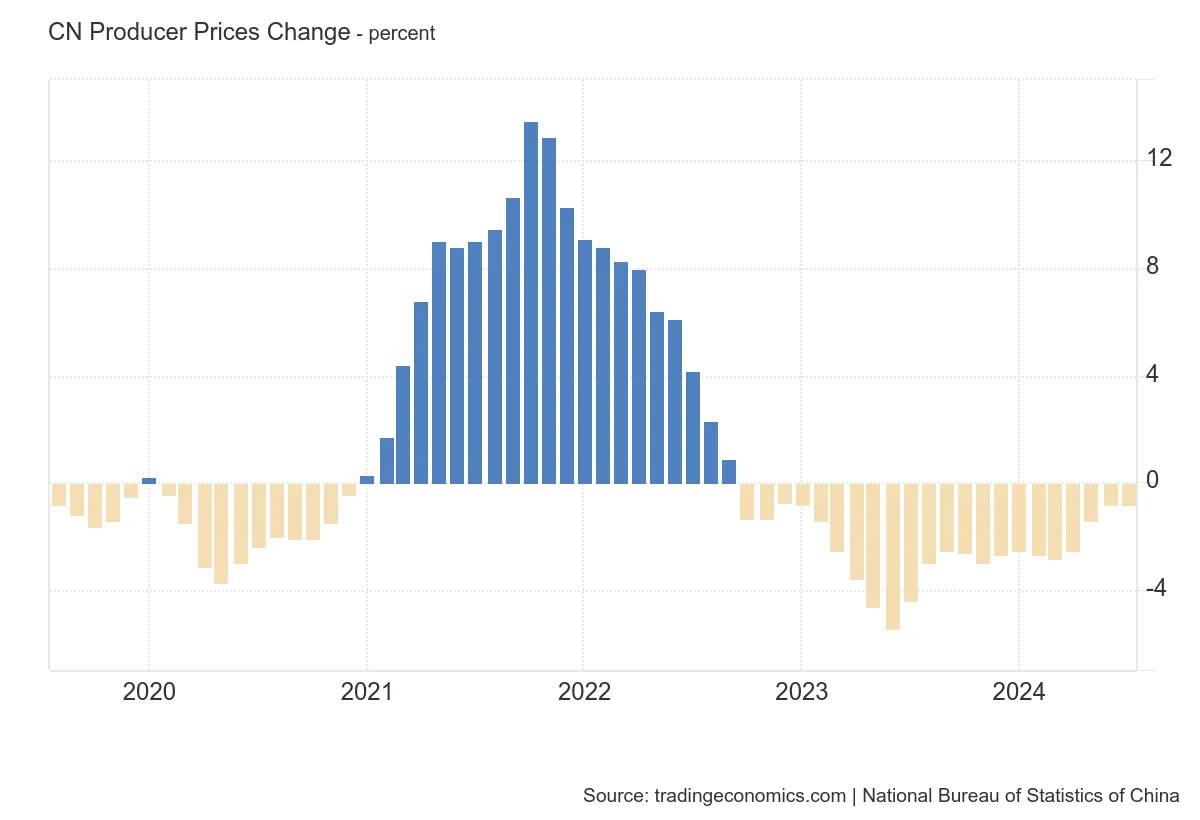
Leading indicator to watch to see if China is turning
In China, a significant sign to watch for is whether deflation shifts towards inflation. We would prefer to see mild inflation rather than continued deflation, as this would indicate a positive economic trend.
Retail sales are a useful indicator, but they can be inconsistent, showing both increases and decreases. What’s crucial is a consistent trend in consumption indicators to gauge the economic outlook effectively.
Former premier Li Keqiang of China once made a notable comment. Instead of focusing on GDP growth rates, he suggested looking at indicators like electricity consumption and bank credit to gauge economic health. These metrics reflect consumer spending and borrowing, which are crucial for understanding economic activity.
Currently, these indicators suggest that the data isn't yet strong enough for prime-time evaluation, but this could change rapidly. We're in a transitional phase where significant shifts are possible. China, as a market, has seen a significant loss of confidence globally and off the radar for many institutional investors..
Despite the current challenges, China could become very attractive again when the indicators align and the economic situation stabilizes.
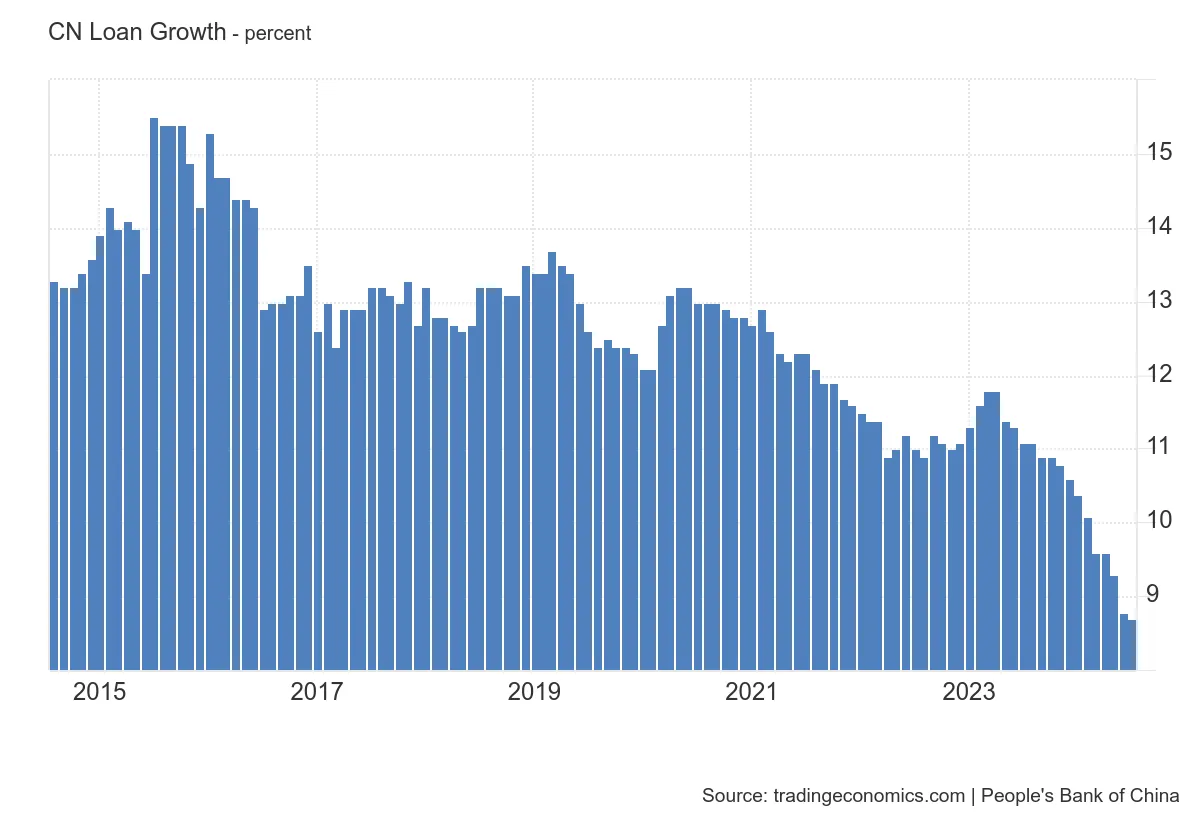
US elections and what to expect?
First, the next president, whether it's Trump or someone else, will inherit an economy near a cyclical peak. This presents a significant headwind, and no matter what measures are taken, such as tax cuts, if monetary policy can't revive the economy, fiscal policy might not be able to either.
The general expectation is that if Trump is re-elected, fiscal deficits will balloon as he spends even more, seemingly without concern for the consequences. However, we are not as pessimistic about this because, despite the concerns, governments in most countries aren’t run like dictatorships. There’s a reasonable system of checks and balances, even with the most extreme leaders. With the government coming close to shutdown multiple times, and facing another potential shutdown in a month, excessive fiscal spending under the next administration (Trump or Harris) may have to be tempered by budgetary constraints, especially in a challenged economic environment.
To assume that investing in infrastructure and consumer spending will automatically pay off because Trump might spend heavily, and to sell long-duration bonds because bond yields are expected to rise, is, in my view, a flawed strategy. Fiscal prudence in the U.S. isn’t a priority for either the Democrats or the Republicans, but I also think the chances of things getting out of control are unlikely.
A Trump presidency would likely bring more volatility, which increases uncertainty, especially in a decelerating economy. This friction and unpredictability make me believe that, on balance, a Trump presidency would be more negative for the markets compared to a Democrat presidency.
The Democrats aren’t likely to engage in reckless spending. They’ll continue a more measured approach. If Kamala Harris were to win, there are a few positives I see. She appears more open to trade discussions, which is beneficial. There’s also a higher probability that tensions with China could ease under her leadership, which would be a welcome change.
No matter who becomes president, inheriting an economy at or near peak or one that’s easing is never an ideal situation.













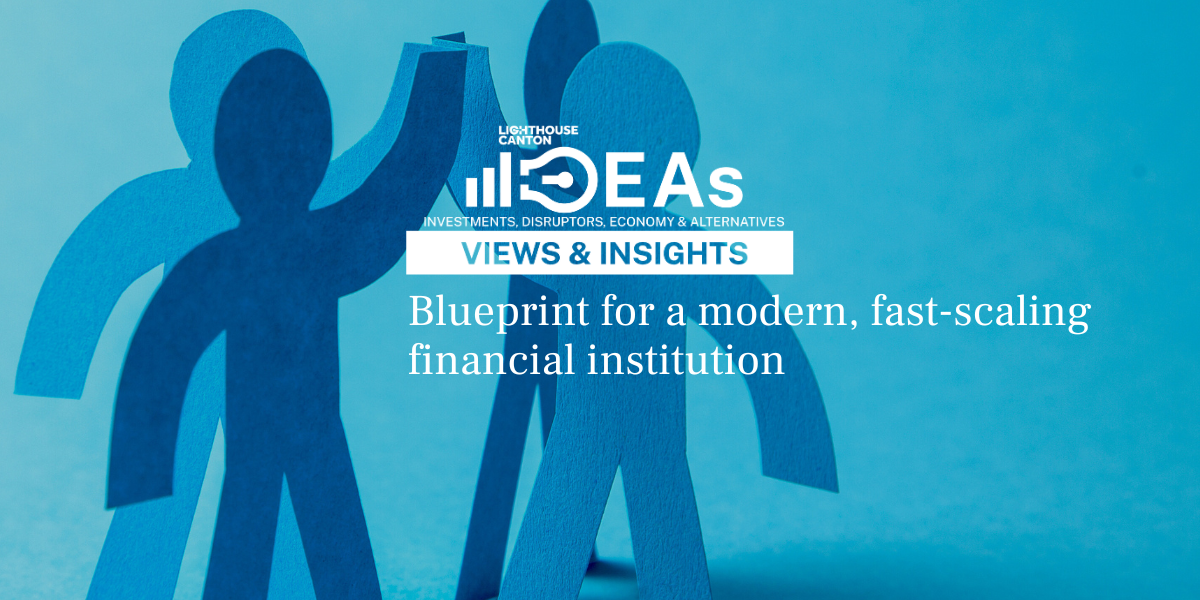
.png)
%20(9).webp)
.webp)
